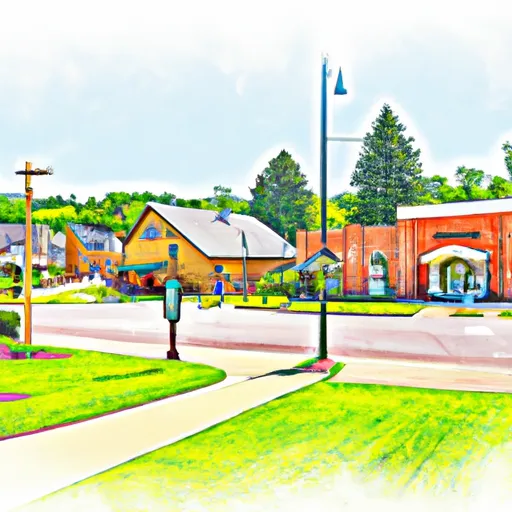°F
°F
mph
Windspeed
%
Humidity











Minong, Wisconsin is a small town located in Washburn County, in the northwestern part of the state. The town experiences a continental climate, characterized by cold winters and warm summers. Winter temperatures can drop below freezing, while summer temperatures reach the mid-80s. Precipitation is fairly evenly distributed throughout the year, with slightly higher levels during the summer months.
Hydrology in Minong is dominated by the Totogatic River, which flows through the town and provides opportunities for outdoor recreation such as fishing, kayaking, and canoeing. The river is known for its diverse fish population, including muskellunge, walleye, smallmouth bass, and northern pike.
In addition to the Totogatic River, Minong is surrounded by numerous lakes, offering further recreational opportunities. These lakes provide opportunities for boating, swimming, and water sports during the summer months.
The town is also home to several parks and forests, including the Totogatic Wild River State Natural Area, which offers hiking trails, camping sites, and scenic viewpoints. Outdoor enthusiasts can enjoy activities like bird-watching, hunting, and wildlife observation in the surrounding wilderness.
Overall, Minong, Wisconsin offers a picturesque natural environment with diverse outdoor recreation opportunities, making it an ideal destination for nature lovers and outdoor enthusiasts.
Weather Forecast
Minong receives approximately 784mm of rain per year, with humidity levels near 84% and air temperatures averaging around 6°C. Minong has a plant hardyness factor of 3, meaning plants and agriculture in this region thrive during a short period during spring and early summer. Most plants will die off during the colder winter months.
Regional Streamflow Levels
14
Cubic Feet Per Second
75
Cubic Feet Per Second
2,670
Cubic Feet Per Second
64
Cubic Feet Per Second
Nearby Camping
| Camping Area | Reservations | Toilets | Showers |
|---|---|---|---|
| Mark Twain State Park | |||
| Shimek State Forest | |||
| Indian Lake Park | |||
| Lacey - Keosauqua State Park | |||
| Battle of Athens State Park | |||
| Shelbina Lake City Park |



